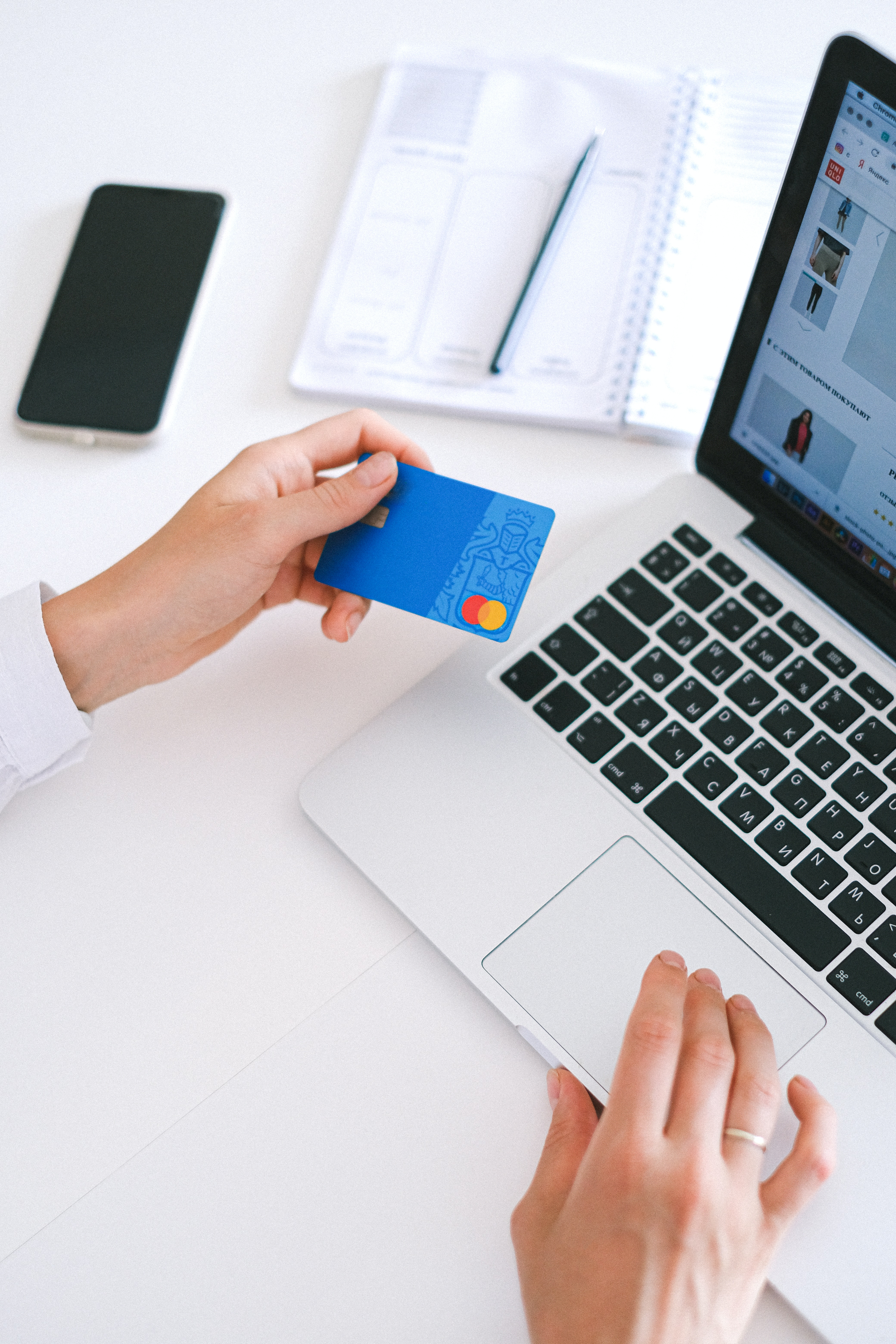
Bitcoin, the world’s most popular cryptocurrency, relies heavily on a groundbreaking technology known as blockchain. It ensures that these transactions are secure, transparent, and decentralized, providing users with a level of security that traditional financial systems often lack. This article explores the critical role blockchain plays in securing Bitcoin transactions and networks.
How Does Blockchain Protect Bitcoin?
To understand how blockchain secures Bitcoin, it’s essential first to understand what is Bitcoin. It is a decentralized digital currency that operates independently of any central authority, such as a bank or government. It allows users to send and receive payments directly, but what makes this system secure is the technology that underpins it: blockchain.
It is a distributed ledger that records every transaction across a network of computers. Each transaction is bundled into a “block” and linked to the previous one, forming a continuous chain. This structure makes it nearly impossible to alter any information once it’s been added.
Blockchain’s Role in Ensuring Transaction Integrity
One of the key roles of blockchain in securing Bitcoin transactions is ensuring the integrity of each transaction. When this transaction occurs, it is validated by a network of computers through the blockchain. These computers, called nodes, work together to ensure that each transaction is legitimate and follows the rules of the Bitcoin protocol.
Its decentralized nature ensures that no single party can alter or reverse a transaction. Once a transaction is recorded on the blockchain, it becomes a permanent and unchangeable part of the public ledger. This provides users with confidence that the funds they send and receive are secure.
Eliminating the Need for Intermediaries
In traditional financial systems, transactions often require intermediaries such as banks, payment processors, or clearinghouses. These intermediaries not only add time delays but also increase the risk of fraud and errors. Bitcoin, however, uses blockchain technology to eliminate the need for such intermediaries, enabling peer-to-peer transactions.
With that, digital currency transactions are validated by a network of nodes (computers) rather than a central authority. This decentralized validation process ensures that transactions are secure and free from manipulation. By removing the middleman, Bitcoin offers a more efficient and secure way to transfer value while also reducing costs.
Securing Transactions with Cryptography
Cryptography is a critical component of blockchain security. Every transaction on the Bitcoin network is encrypted using advanced cryptographic algorithms. This encryption ensures that only the intended recipient can access transferred funds.

Digital currency transactions require the use of private keys, which are known only to the user who owns the corresponding wallet. These private keys are used to sign transactions, proving ownership of the funds. The cryptographic nature of these transactions makes it incredibly difficult for hackers to steal funds or manipulate the system.
Protecting Against Double-Spending
One of the major concerns in digital currencies is the risk of double-spending—when a user tries to spend the same funds more than once. This issue arises because digital files can be copied, making it easy to “spend” the same amount multiple times. Blockchain effectively prevents double-spending by ensuring that each transaction is recorded on the public ledger and cannot be duplicated.
Once a transaction is confirmed on the blockchain, it becomes a permanent part of the network’s history. Any attempt to alter or spend the same Bitcoin again would require altering the entire chain. This feature gives this asset a level of security that other digital currencies may lack.
The Role of Consensus Mechanisms in Security
Blockchain networks, including Bitcoin, rely on consensus mechanisms to validate transactions. It operates using a mechanism known as Proof of Work (PoW), where miners, or network participants, solve intricate mathematical puzzles to verify transactions. When miners successfully solve the puzzle, they add a new block and are rewarded with a newly minted Bitcoin.
This consensus process is essential for ensuring that all transactions are legitimate and secure. The PoW system is designed to be energy-intensive, making it costly to attempt to manipulate the blockchain. As a result, Bitcoin’s security is strengthened because altering the blockchain would require enormous computational power.
How the Right Platform Helps You Manage Bitcoin Securely?
Choosing the right platform for managing Bitcoin is crucial for ensuring secure transactions. A reliable platform not only facilitates easy access to the cryptocurrency but also incorporates strong security measures to protect users’ funds. With the right tools, users can navigate the complexities of Bitcoin and blockchain while minimizing risks.
Platforms that offer secure wallets, two-factor authentication, and strong encryption provide additional layers of security to safeguard users’ digital assets. Whether you are new to Bitcoin or an experienced user, a trustworthy platform can make managing easier and more secure.

Blockchain technology’s role in securing transactions is vital. Now that you understand what is Bitcoin, it becomes clear how it relies on blockchain to ensure the security and integrity of every transaction. With its secure and efficient features, it continues to demonstrate the power of blockchain in transforming how digital transactions are conducted. As more users embrace Bitcoin, understanding the role of blockchain will become essential for navigating the world of cryptocurrencies securely.










